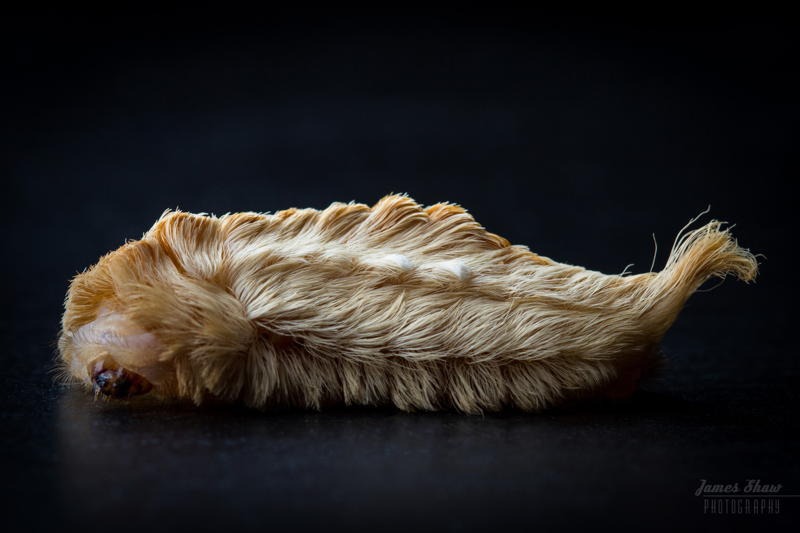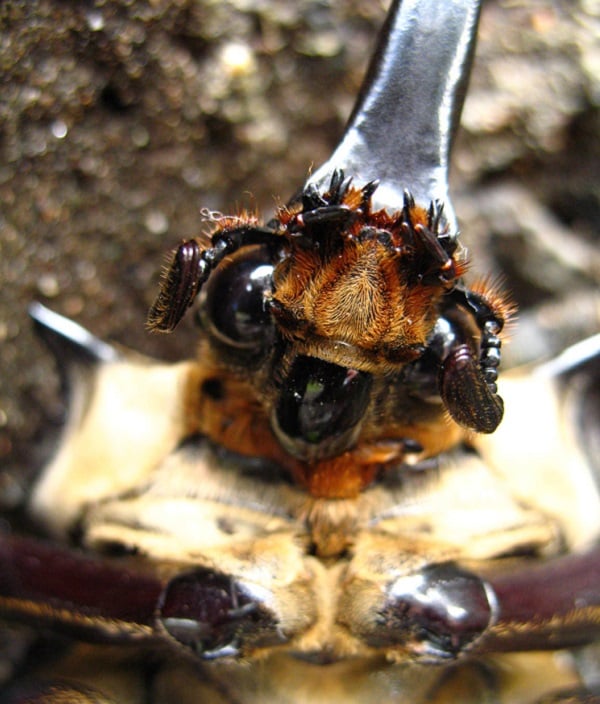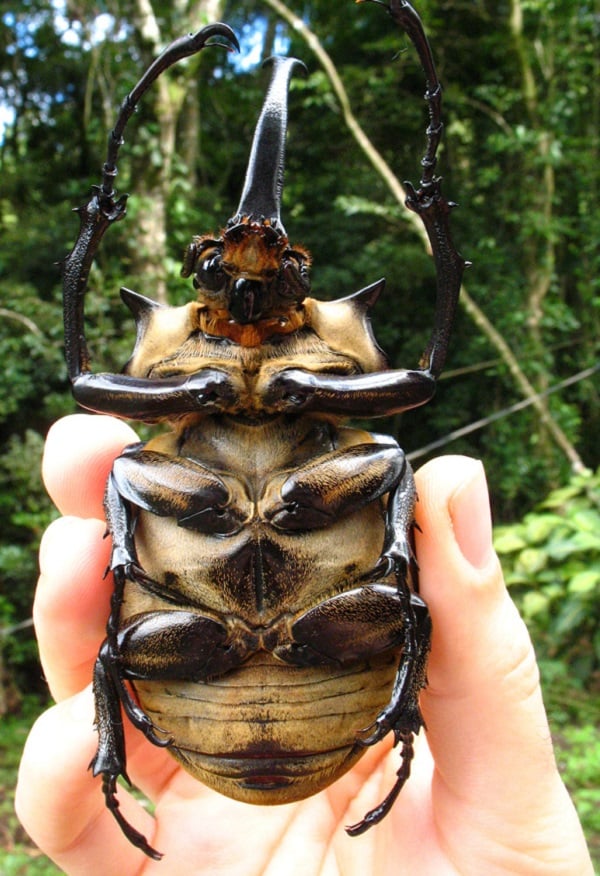Cockroaches, caterpillars and blood-sucking bugs that live in your bed -- these seven creepy insects are guaranteed to give you nightmares.

Image Source: jamesmshaw.blogspot.com
From the bug that’s named for the specific human body part it likes to bite to the bug that’s bigger than your hand, we’ve compiled the freakiest insects nature has to offer.
Be warned: these seven creepy insects are sure to make your skin crawl–in one case, literally.
First up: A bug. With horns. Honest-to-goodness horns…
Elephant Beetle

Image Source: Flickriver
The elephant beetle is a type of neotropical rhinoceros beetle that can grow to an average of 2.5 to 5 inches long (male elephant beetles grow up to three times the size of their female counterparts). While these beetles are relatively harmless, their size is jarring, especially when compared to a human.

Image Source: Cedro’s Perfect Dream

Image Source: Cedro’s Perfect Dream
Elephant beetles live in warm environments and help the earth by eating rotten food and materials. Male elephant beetles grow horns so that they can battle amongst one another for the best mate. This creepy beetle species lives a short life, usually only a few months long. These massive bugs are most terrifying when their wings are spread out to their full wingspan. Check it out in this video:
Next up: Is it more terrifying that this bug has fur or that the fur isn’t even really fur…





